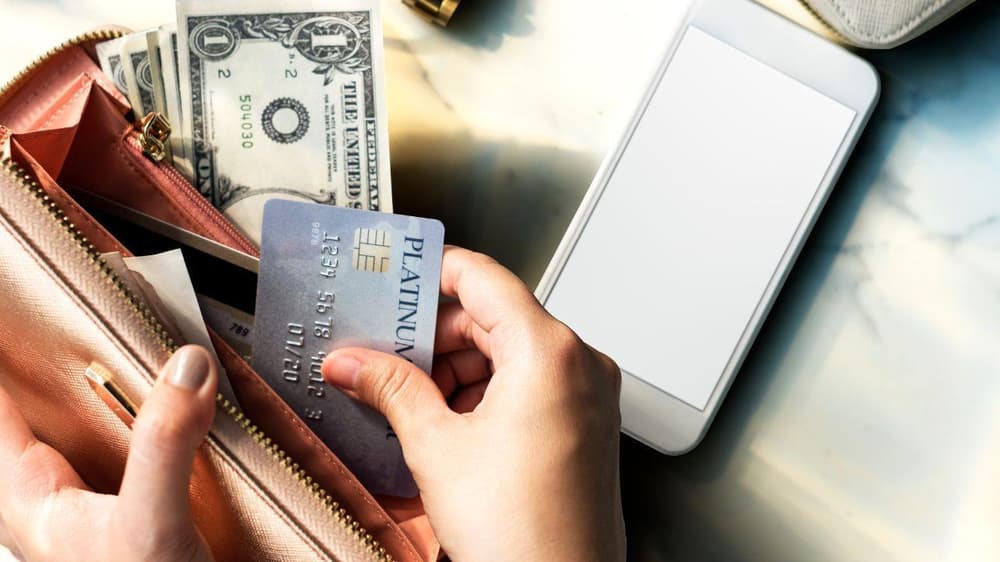Your Amazon cart is more than just a shopping list—it's a reflection of your emotions, habits, and subconscious triggers. From dopamine-driven clicks to emotional spending and personalized suggestions, this article unpacks the psychology behind why we buy.

Ever put something in your Amazon cart and said, "I don't really need this—but I want it"? You're not the only one. Your Amazon cart is more than a list of products—it's a window into emotional drives, hidden assumptions, and masterfully designed marketing tactics.
Say hello to the psychology of spending, where your brain collides with your wallet.
1. The Click-and-Dopamine High
Online shopping—especially on sites like Amazon—releases dopamine, the brain's pleasure neurotransmitter. It's not the delivery or even the buy that gives you that high—it's the waiting.
Why this is important:
That little orange button does more than place an order. It rewards your brain and leaves you wanting another fix.
Tip: If you find yourself bored or stressed, wait 24 hours before you buy. You're probably pursuing emotion, not necessity.
2. Illusion of Scarcity and Urgency
"Only 2 left in stock!"
"Stock up today!"
LIMITED TIME OFFER!
Only { 3 } available
Selling quickly!
These statements count on a psychological force called loss aversion, which states that people fear losing something more than they like gaining something. It is FOMO (Fear of Missing Out), but more importantly, FOLS (Fear of Losing Stock).
Tip: Ask yourself—Would I even buy this if it were in stock tomorrow?
3. Power of Personalization
Did you ever notice how Amazon seems to tell you what you've been thinking about recently? That's no accident—it's AI-algorithms suggestion based on your behavior, choices, and even browsing hesitation.
This is based on cognitive ease—our mind likes what is familiar and easy to process.
Tip: Browse privately/incognito to minimize personalized targeting.
4. Emotional Spending: A Digital Escape
A rotten day at the office, a breakup, or just pandemic fatigue? Emotional triggers result in retail therapy. While feeling emotionally vulnerable, shopping provides a fleeting feeling of control and comfort.
Did you know: Research indicates people are more inclined to shop on impulse late at night—when self-regulation is weakened.
Tip: Experiment with journaling or walking when you have the urge to shop on an emotional high.
5. Free Shipping and the Sunk Cost Fallacy
We tend to add items to cart simply to meet free shipping minimums—even if it ends up being more expensive overall. This is connected to the sunk cost fallacy—the irrational desire to defend past investments (such as time or effort).
Tip: Do the math. Paying for shipping can end up costing you less.
6. The 'Justified' Small Treat Syndrome
"I've worked hard today, I deserve this."
Sound familiar? That’s your brain practicing mental accounting, treating small purchases as guilt-free—even if they add up over time.
Tip: Set a monthly “treat” budget. Enjoy guilt-free without draining your bank.
7. The ‘Save for Later’ Trap
Amazon’s “Save for Later” option feels like smart budgeting. In reality, it's delayed gratification with a twist—you’re more likely to revisit and eventually buy because it’s already in your mental space.
Tip: Use a wishlist or spreadsheet instead. It keeps the emotional need separate.
Conclusion: Know = Power
Getting control of financial mindfulness starts with knowing why you're spending. The next time your Amazon cart is full, slow down. Ask yourself:
Is this addressing a real need or comforting a passing feeling?
Am I shopping with intention or on impulse?
When you shop with awareness, you don't just save money—you reclaim your power as a consumer.